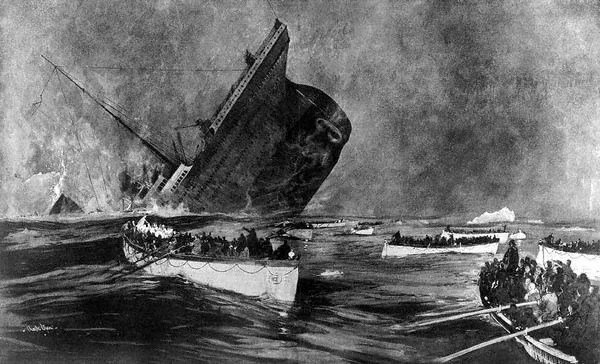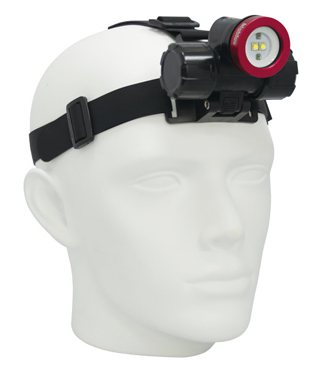Originally published 4 July 2013 @ Scuba Scoop
During the open water certification course, student divers learn about both nitrogen narcosis and decompression sickness. I have noticed that students tend to get the two conditions confused because both decompression sickness and nitrogen narcosis are caused by nitrogen gas. Nitrogen narcosis and decompression sickness have very different symptoms and must be treated in very different ways.
What Is Nitrogen Narcosis?
Nitrogen narcosis is an altered state of awareness caused by breathing a high partial pressure (or concentration) of nitrogen. The deeper a diver goes, the greater the partial pressure of nitrogen, and the stronger the diver’s narcosis will be. Some divers have compared the feeling of nitrogen narcosis to being pleasantly drunk, while others find it terrifying. Nitrogen narcosis is one of the factors that will limit how deep a you can dive.
What Is Decompression Sickness?
Decompression sickness is a physical condition caused by the formation of nitrogen bubbles in a diver’s blood and tissues. Although they are generally quite tiny, these nitrogen bubbles can block blood flow to various parts of the body and may irreversibly damage tissues.
The Differences Between the Nitrogen Narcosis and Decompression Sickness::
1. The Causes of Nitrogen Narcosis and Decompression Sickness Are Different:
• Nitrogen narcosis is caused by breathing such a high concentration of nitrogen that the gas functions as a mild anesthetic. The nitrogen causing nitrogen narcosis remains dissolved in a diver’s blood and tissues and does not form bubbles.
• Decompression sickness is caused by nitrogen coming out of solution (no longer dissolved in the body) and forming bubbles. Where do the bubbles come from? During every dive, a diver’s body absorbs nitrogen from his breathing gas. As he ascends, the nitrogen expands according to Boyle’s Law. Normally, the nitrogen travels in the diver’s bloodstream until it reaches his lungs, where it is exhaled. However, if a diver stays underwater too long (past his no-decompression limit), or ascends too quickly, his body cannot eliminate the nitrogen effectively, and the excess nitrogen trapped in his body forms bubbles.
2. The Symptoms of Nitrogen Narcosis and Decompression Sickness Are Different:
• Nitrogen narcosis is most commonly described as a state of intoxication, similar to drunkenness. Fuzzy thinking, incoherent reasoning, confusion, and impaired manual dexterity are all symptoms of narcosis.
Divers experience nitrogen narcosis while underwater during deep dives.
• Like nitrogen narcosis, the symptoms of decompression sickness may include confusion and impaired thinking, but also may include pain, loss of feeling in an isolated area of the body, tingling, visual disturbances, vertigo, and paralysis (among many other symptoms). A bubble may even block blood flow to the point that body tissues and organs are permanently damaged.
Divers typically experience decompression sickness a few hours to one day after a dive, or during ascent from a very deep or long dive. Unlike nitrogen narcosis, the symptoms of decompression sickness are not noticeable during the deepest part of the dive.
Learn more about decompression sickness and nitrogen narcosis:
• Decompression Sickness
• Drunkenness and Confusion: Nitrogen Narcosis Part 1
• Sobering Up (Eliminating Narcosis): Nitrogen Narcosis Part 2
3. Procedures for Dealing With Narcosis and Decompression Sickness Differ:
• Nitrogen narcosis is related to a diver’s depth. To treat nitrogen narcosis, a diver should simply ascend at a safe ascent rate until the symptoms abate. As long as he feels normal, the diver can continue diving, but should not return to the depth at which he experienced narcosis.
• Decompression sickness is caused by nitrogen bubbles. To treat decompression sickness, a diver must eliminate the nitrogen bubbles by undergoing re-compression therapy in a hyperbaric chamber. The longer the bubbles remain in a diver’s body, the more damage they will cause. Decompression illness is dangerous and sometimes life-threatening.
Decompression sickness and nitrogen narcosis are often confused because they are both caused by nitrogen gas. However, when the specifics of each condition are understood, it is easy to see that the two conditions are very different!
Thanks to About.com
Kathy Dowsett
www.kirkscubagear.com







Excellent post. I am used to checking continuously this blog and
I’m inspired! Thank you and best of luck.
Thank you…appreciate you reading Scuba Scoop!
Hi, I do believe this is a great blog. I stumbled upon it. I’m going to come back yet again since I bookmarked it. Freedom is the best way to change, may you be rich and continue to guide others.